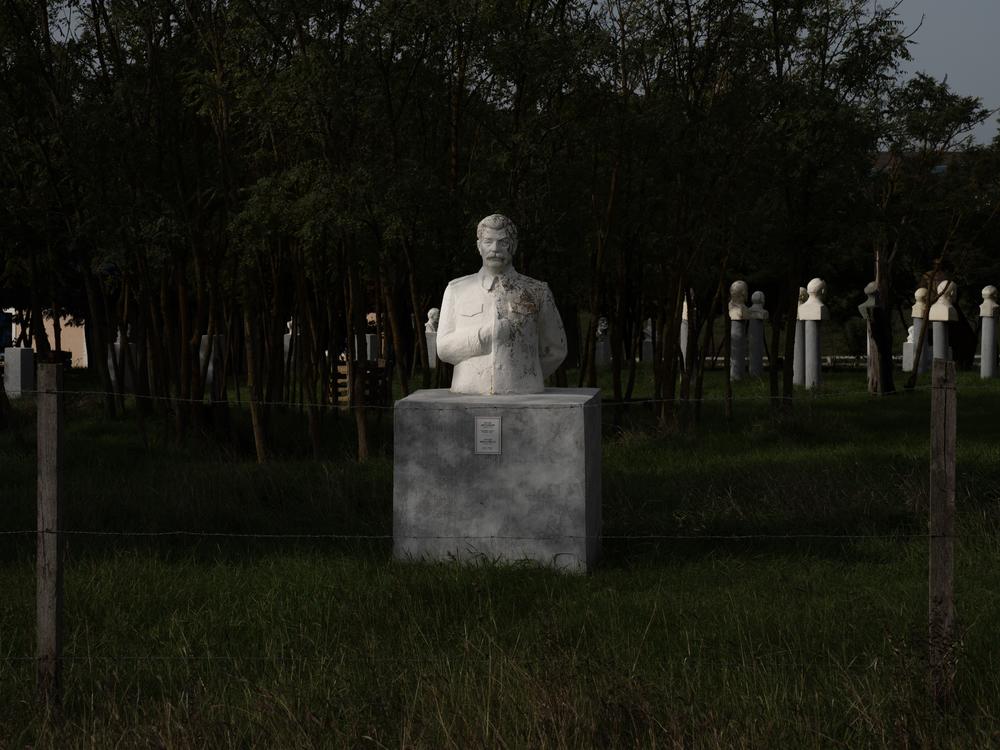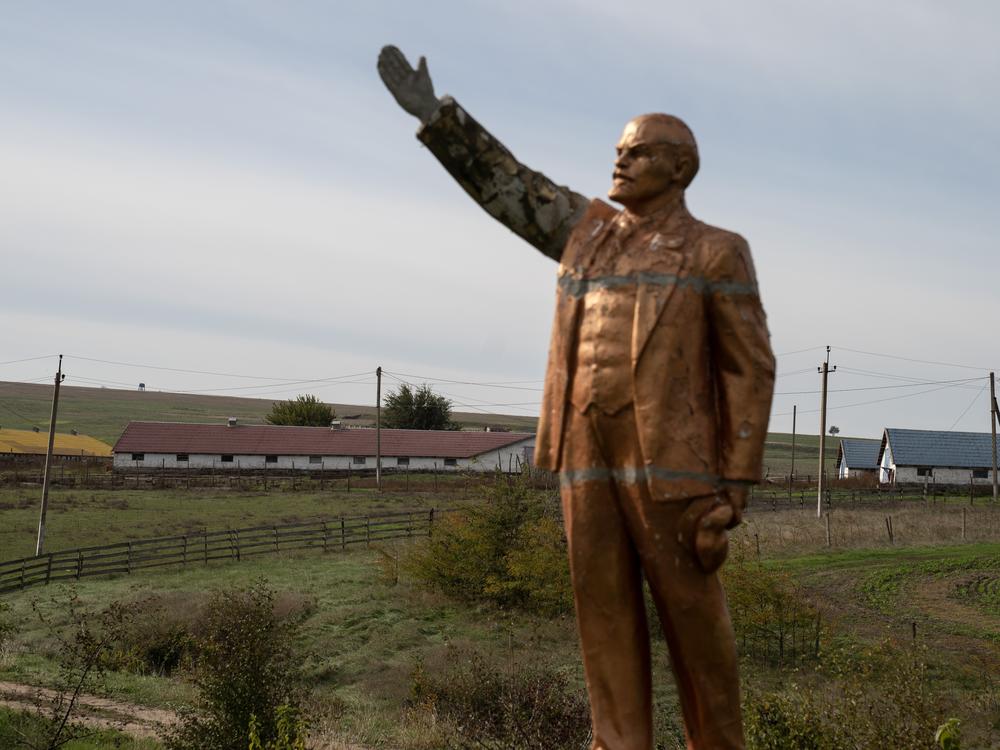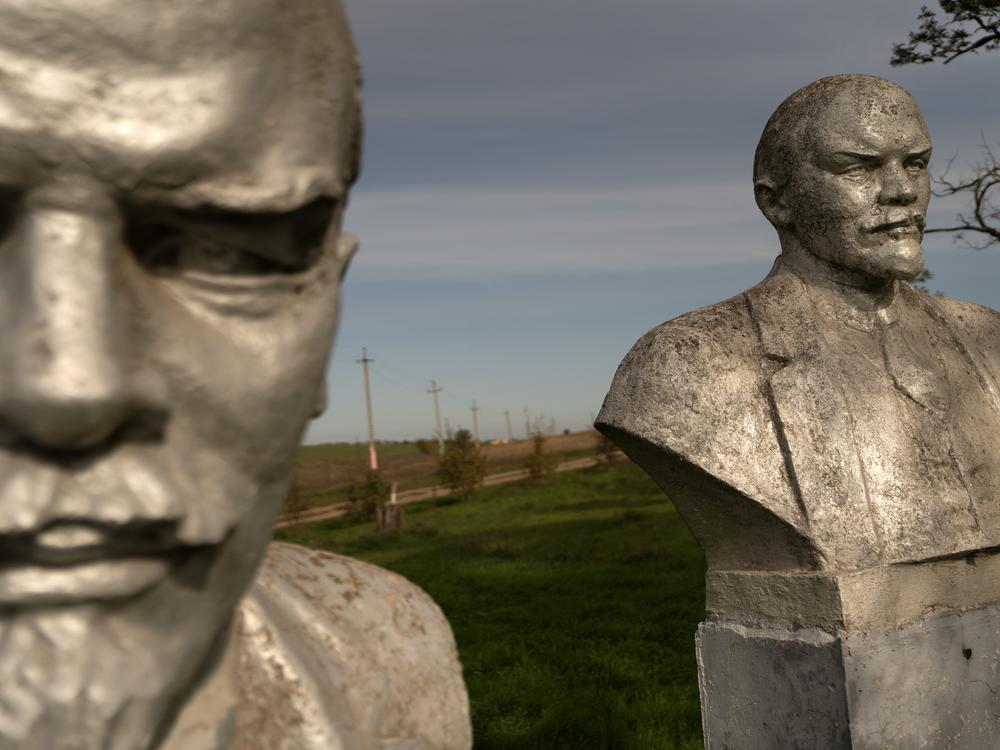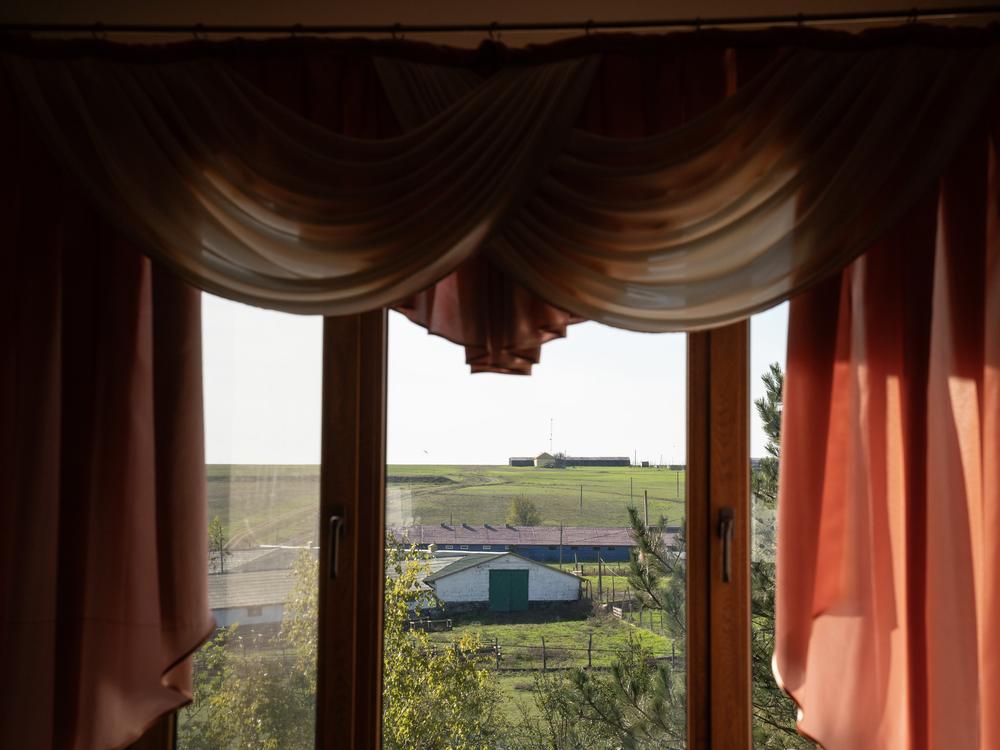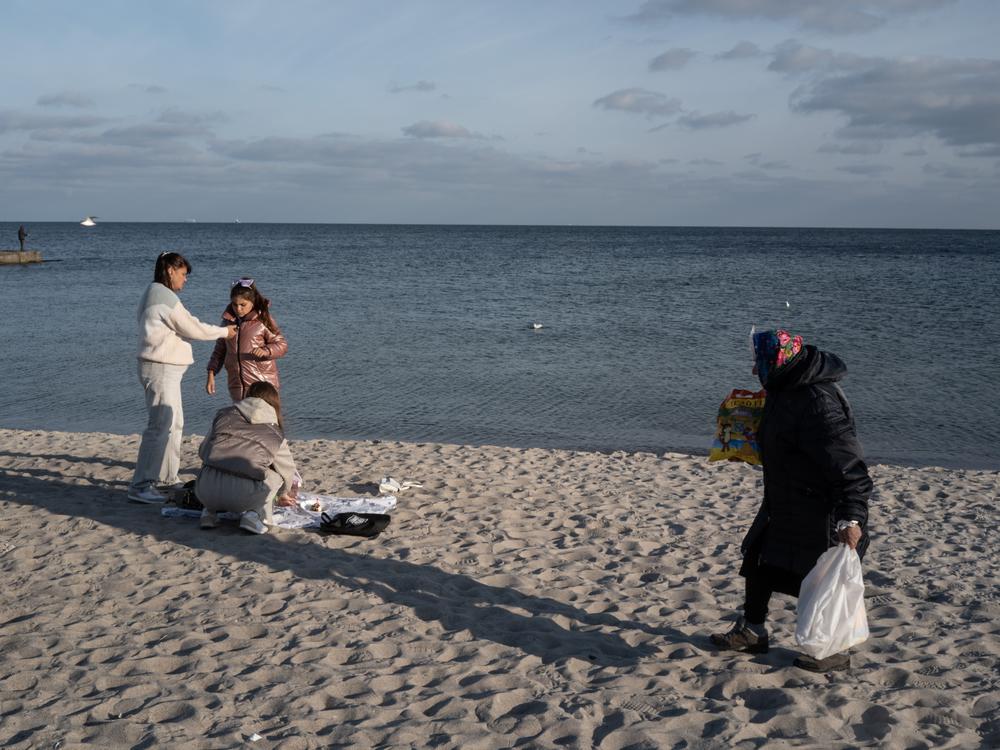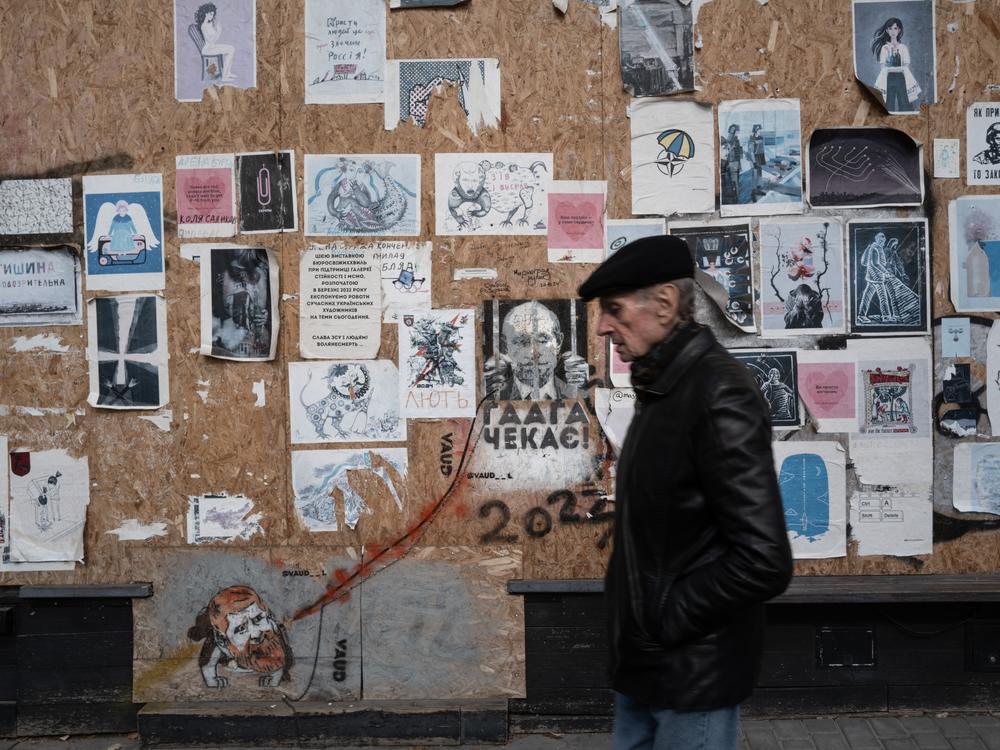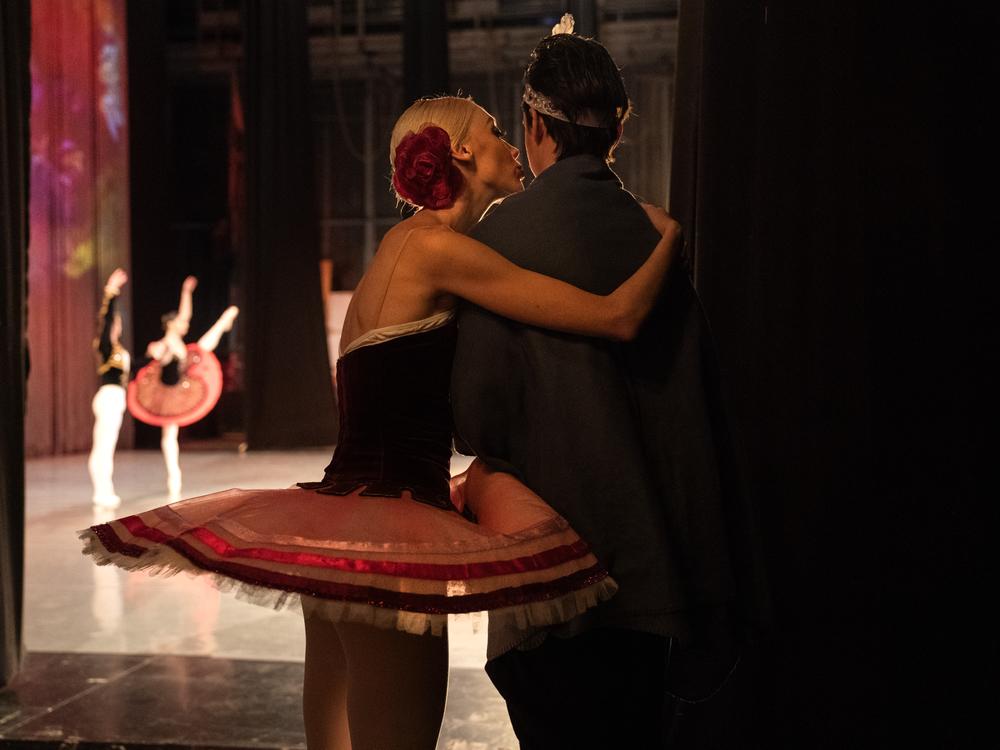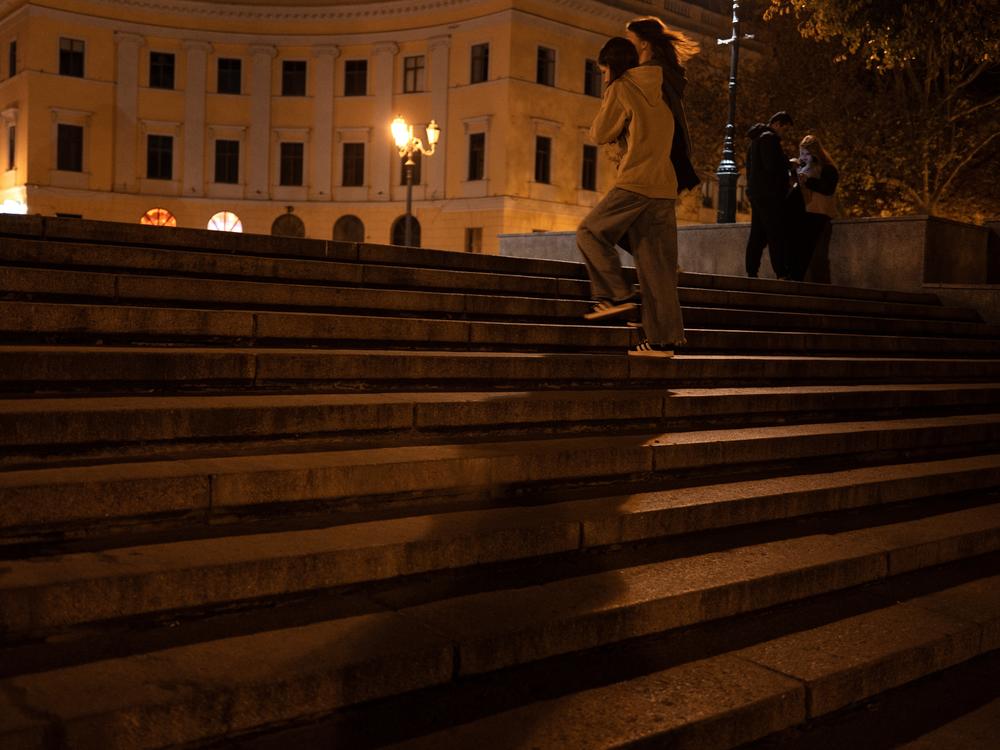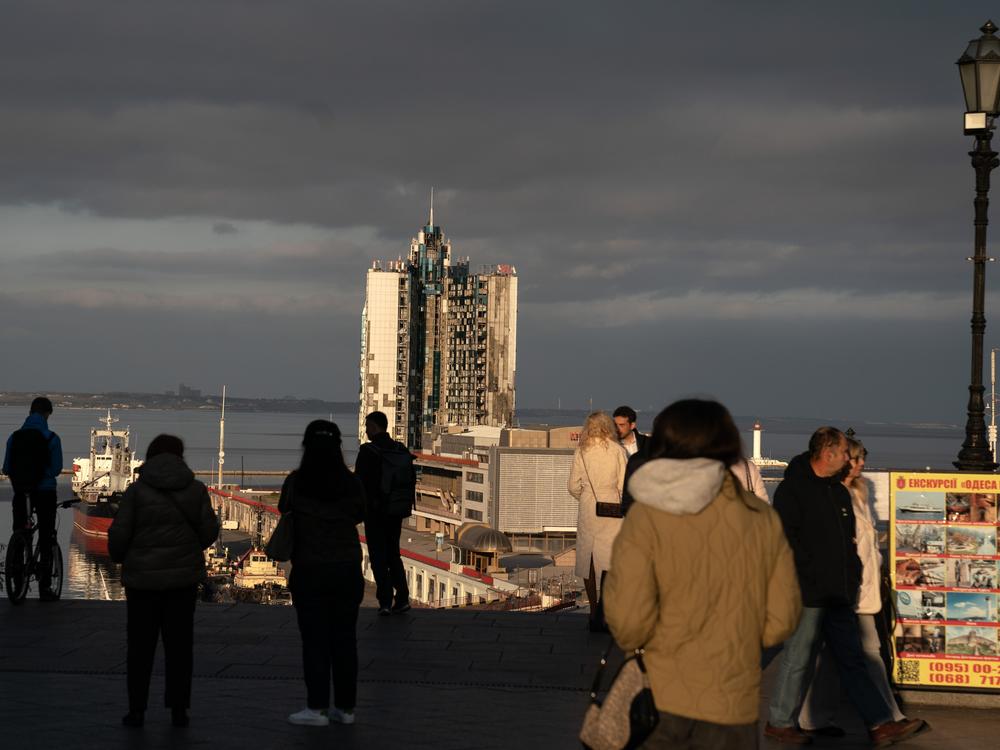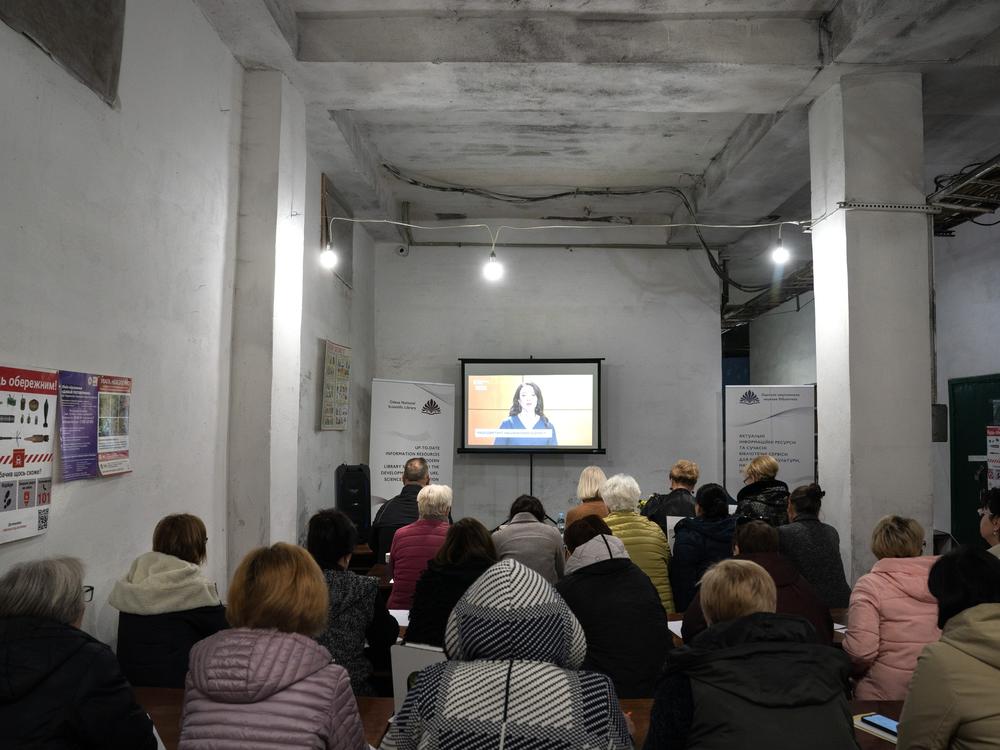Section Branding
Header Content
Pictures of Odesa, as it tangles with a complex web of Russian and Ukrainian heritage
Primary Content
ODESA REGION, Ukraine — There are at least two dozen statues of Vladimir Lenin standing like historical sentries over a steppe of southwestern Ukraine. Karl Marx and Josef Stalin are also there. As in much of Ukraine, this region was the site of many battles and atrocities.
The statues are part of the "Museum of the Totalitarian System of the USSR and Monuments of Socialist Realism." The curator, founder and owner of the sprawling property is wealthy entrepreneur Oleksandr Palariev.
Palariev, 66, created the statuary garden to remind visitors, and himself, of the brutality and authoritarian systems that ruled Ukraine for most of the 20th century. Because in many parts of Ukraine, especially the Odesa region, once so popular with Russian vacationers and intellectuals, officials and regular citizens are trying to erase any trace of the influence of Russian history in a country besieged by the man in the Kremlin today, Vladimir Putin.
The stories of how Palariev acquired so many statues, which he started collecting in 2012 — including a Lenin statue that stood in the central square of Odesa — are as entertaining as they are varied. Some of statues were borrowed on a long-term basis, others were purchased.
[npr_multimedia:g-s1-40463-100]
One scheme involved the hard discounting of garden-variety fruit.
"I saw a car selling plums, and asked how much they were and how many he had," explains Palariev. The vendor said they were 15 Ukrainian hryvnia, about 35 cents, each and he had about 880 pounds of them, he recalls. "I told him, 'I am buying everything, but at half price.' " The vendor agreed, and Palariev put the plums about 50 yards from the statue, and sold them for 5 hryvnias each, about 12 cents. "All the people started coming over to buy and while they were distracted we took the statue away."
Palariev's statuary garden is part of a large complex he has built that includes a winery, hotel, multiple museums and what he hopes will become a national park — nearly 13,000 acres of steppe where wild donkeys roam free. The dirt road crossing the land leads to a highway that passes through a small section of the neighboring country of Moldova and on to the city of Odesa on Ukraine's Black Sea coast.
[npr_multimedia:g-s1-40463-102]
Odesa, Ukraine's third-largest city, was a magnet for Russian writers, artists and intellectuals. It has also endured brutality at the hands of Ukraine's much larger neighbor. The massive Transfiguration Cathedral in the center of the city is emblematic of Odesa's tortured relationship with Russia. Originally built in the late 18th century, it was demolished by the Soviets in 1936 and then rebuilt in 1999. In July 2023, a Russian missile attack severely damaged the UNESCO World Heritage site. It remains closed to the public.
Local historian Anna Vasyuta showed NPR around historical sites, mainly those involving crime, surrounding the church. It was part of an Isaac Babel tour, named for a famous Soviet-era author who wrote "Odessa Stories," a collection of short stories set in the last days of the Russian Empire. Many of the street names have been changed from Russian historical figures to Ukrainian ones, especially in the center of the city.
"We have pride if born in Odesa, especially if you are multigenerational," says Vasyut. "Local pride was very important during Soviet times, but then people stopped caring. That may be changing now."
A wall on a nearby boarded-up building is covered in posters by Ukrainian artists condemning the Russian invasion. One poster depicts Russian President Vladimir Putin, his face disfigured, behind bars. Another is a version of a popular poster for the Russian Ballet, but the ballerina's legs are now missiles striking a building in Ukraine.
Backstage at the Odesa National Academic Opera and Ballet Theater, dancers wait in the wings for their cues to join the ensemble on stage during a production of "Tango of Fire and Ice." On this particular day the production was cut short: Air raid sirens sent people to the bomb shelters midway through the performance. Russian ballet companies, including the Bolshoi, were a mainstay of this opulent theater, famous for its flawless acoustics.
Ballet still flourishes at the theater. The Odesa ballet company is based here. It was supposed to go on tour in Florida, but it was canceled due to Hurricane Helene. The members of the company are hoping to reschedule their North American tour for 2025.
Odesa is famous for its arts and literature. Russian film director Sergei Eisenstein's 1936 film Battleship Potemkin, widely regarded as a cinematic masterpiece, made the Potemkin Steps that descend into the port district an icon of film history. Filmmakers from Denis Villeneuve to Brian De Palma have paid homage to the film's famous scene of a baby carriage careening down the staircase. The stairs, closed at the beginning of the war, reopened to the public in April 2024, and one can see the ruins of a hotel — destroyed by Russian missiles — at the base of them.
Unlike in other parts of Ukraine, in Odesa, Russian is still widely spoken. For many, especially older residents, it is the only language they know. However, interest in learning Ukrainian is growing. Once a year a national dictation event is held. The war has not stopped the annual ritual, it has just moved it into bomb shelters, like the one deep below the main branch of the Odesa library. People across Ukraine sit and listen to a dictation of a famous work by a Ukrainian author. They then write it down, long hand. It is meant to be a day of solidarity and recognition of Ukrainian pride and language.
The end of the tour led by local historian Vasyut stops in front of some grand historical buildings that now stand empty.
"Our goal is to tell you more about Ukrainian history," Vasyut says, "and for people to not forget about it."
